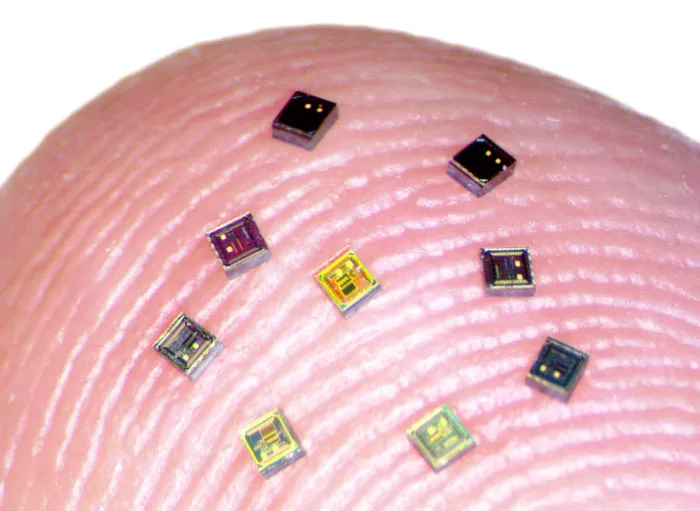This is an article about the latest developments in brain-computer interfaces. At Brown University, researchers created a system that records and transmits brain activity to a computer using dozens of silicon microchips. The roughly salt-grain-sized “neurograins” are intended to be dispersed throughout the brain’s tissue or across its surface in order to gather neural signals from more locations than is currently achievable with existing brain implants. Neurograins can listen to your brain and transmit them to the outside world.
This can also be done with the Utah array, which is currently the most widely used brain chip. It is a bed of 100 silicon needles, each with an electrode that pokes into the brain tissue at the tip. Neuralink has a coin-shaped brain implant to do the job. There are also brain-computer interfaces that can be worn over the head.
Editor’s Note: Although research on these areas is still pioneering, once perfected, will pave the way for the complete merging of man and machine. This is where brain activity can mobilize machine parts in the body. Thus the homo sapiens sapiens will now cease and the era of the cyborg begins. Science tends to always answer the question “how”. But we need to answer the question Why? Do we really need to do this? Even now we haven’t answered the urgent questions of nuclear war, planetary poverty, extinction, and social inequality. Are we again going into the designs played by the rich and powerful who own these types of technology? Are we really prepared for this?
Read Original Article
Read Online
Click the button below if you wish to read the article on the website where it was originally published.
Read Offline
Click the button below if you wish to read the article offline.
You may also like
-
Neuralink Claims First Successful Implantation of Wireless Brain Chips In Humans
-
Human augmentation: Making your brain hackable
-
Meta Is Making a Monster Supercomputer for the Metaverse
-
Ray-Ban and Facebook create glasses that can capture and share media
-
Neuralink now raising funds to produce first human brain implants
